Stretching success: Do you need a brand extension strategy?

Need to stretch your brand success further?
A brand extension is a powerful way to grow and develop your organisation by unlocking the untapped potential of your business.
By exploring new potential areas for relevant growth, brand extensions give companies access to everything from better brand visibility, to boosted consumer connections and of course, more opportunities for profit.
In fact, Nielsen suggests that brand extensions are up to 5 times more successful than new launches. That’s because an extended brand builds upon the existing authority and reputation of your company. The trouble is, brand extension strategies aren’t always as simple as they seem.
In theory, brand extension failures should be few and far between. After all, all you need to do is slap your logo onto a new product, right? Well, maybe not. Historical brand flops like Colgate TV dinners, and the Evian water-filled bra shows that there’s more art to the brand extension strategy than you’d think.
So, how do you extend without stretching your existing brand out of shape?
Let’s find out.

What is brand extension? Your brand extension definition
Let’s start with a simple question: “What is brand extension?”
A brand extension strategy involves using an existing brand reputation to promote a new service or product. Unlike a rebrand, in which you completely re-define your company, a brand extension is all about building on the identity you’ve already established.
With brand extension strategies, you appeal to new audiences using the image you already have. You’re using all of the pre-existing authority you’ve built in your industry to suggest that you can be successful in another area too.
A brand extension definition can differ depending on what you decide to do with your company. For instance, some companies simply expand their product line with a new launch in the same category. Other brand extension ideas involve stepping into a completely different market. However, the best results often come from logical extensions. For example, while an extension from a food brand into the clothing space would be difficult to understand, an extension from clothing to footwear is organic.
There are plenty of reasons why companies embrace brand extension strategies. The right campaign allows you to exploit new trends, re-enter public consciousness, or take advantage of new markets. A brand extension can:
- Deliver more sales opportunities by giving you access to different target markets.
- Expand your authority by giving you credibility in new areas.
- Strengthen your competitiveness by differentiating you from other companies in your space.
- Remind audiences of your value if you’ve been losing attention lately.
- Boost your reputation and generate buzz for your company.
Unfortunately, as beneficial as a brand extension strategy is, it also exposes your company to a range of challenges. Broadening an offer can be a great way to deliver new profits, but it can also be damaging if you choose the wrong way to stretch your company.
A successful brand extension needs to seem like a natural progression for your business. If you want your brand extension strategies to succeed, you’ll first need to ask yourself:
- Is there a desire for the new product? Can you find a USP that will sell your extension?
- Is the extension “natural” for your brand, or does it seem forced? If it is organic, is the new product so close to an existing offering that it could cannibalise your portfolio?
- Is your existing brand reputation strong enough to support a new product, service, or marketplace?
- Do your customers trust you enough to see the value in your new offering?

Brand extension strategies: How to make your brand go further
The key to a successful brand extension strategy is figuring out exactly how you’re going to stretch your company without going too far, too fast.
Brands like Microsoft, Apple, Google, and even Coca-Cola are all masters of brand extension. You’ve probably noticed many of these companies exploring new areas of business all the time without changing their underlying identity. Apple, for example, started with computers and naturally moved to other digital devices like music players and phones.
If you want to follow in the footsteps of companies with successful brand extension strategies, then the first thing you need to do is determine how you’re going to extend.
There are many different types of brand extension, and the success of your strategy will make or break the success of your business. Here are just some brand extension ideas to get you started.
Brand extension ideas 1: The line extension

The line extension is one of the simplest brand extension strategies available. When you launch a product in a new way or build on an existing offering, it’s a line extension. For instance, Head & Shoulders have a range of shampoos that cater to different types of hair. You could even just offer different sizes or flavours of products you already have. Line extension is a safe form of brand extension because you already know there’s interest in the product.
Line extension ideas 2: Product extension
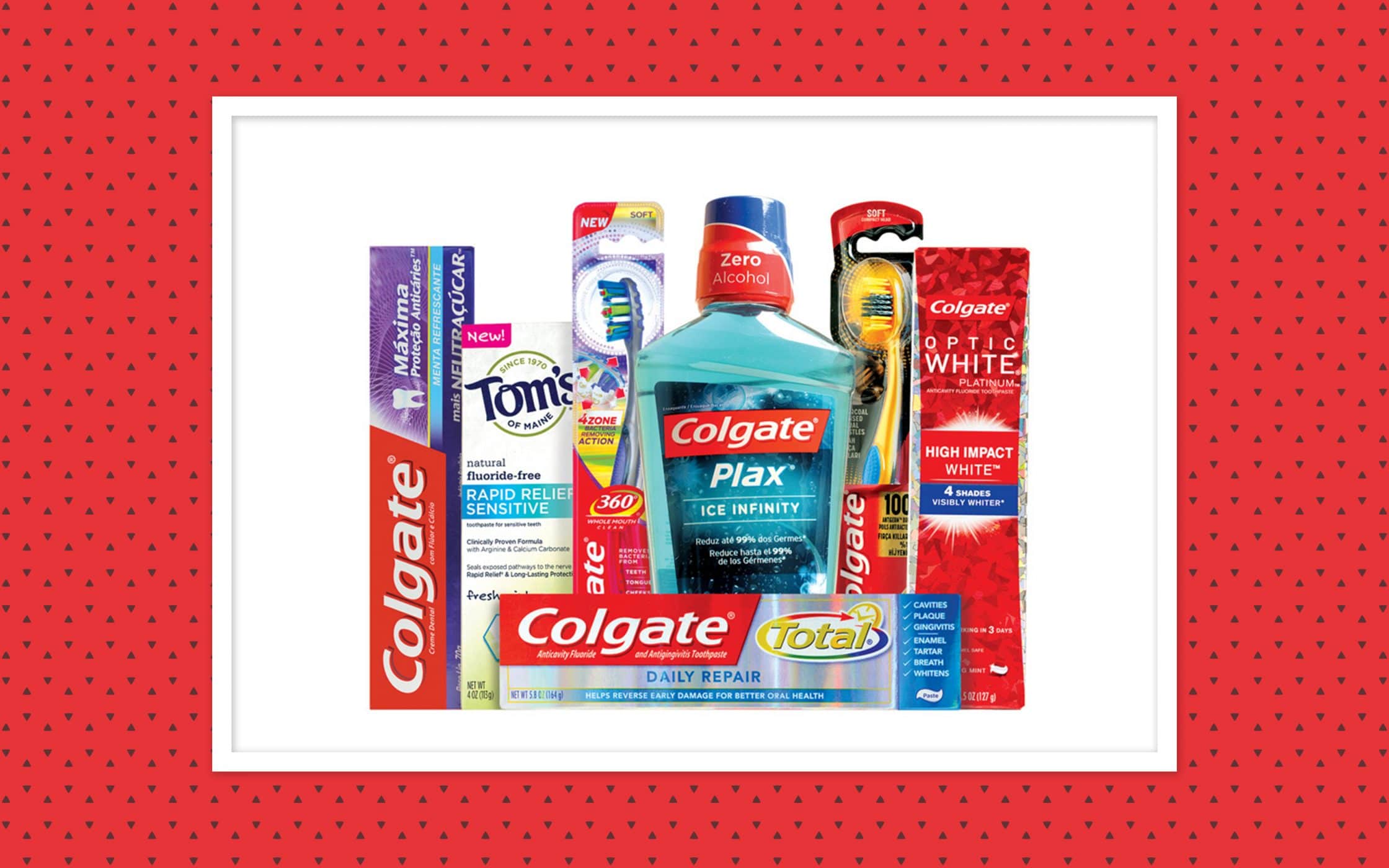
When you launch an entirely new product unrelated to your existing service or offering, it’s a “product” extension. Colgate started off making toothpaste, then gradually began to release new products connected to oral care – you can now get Colgate toothbrushes and mouthwash. A product extension keeps your brand consistent while giving you new ways to earn profits.
Line extension ideas 3: Expertise extension
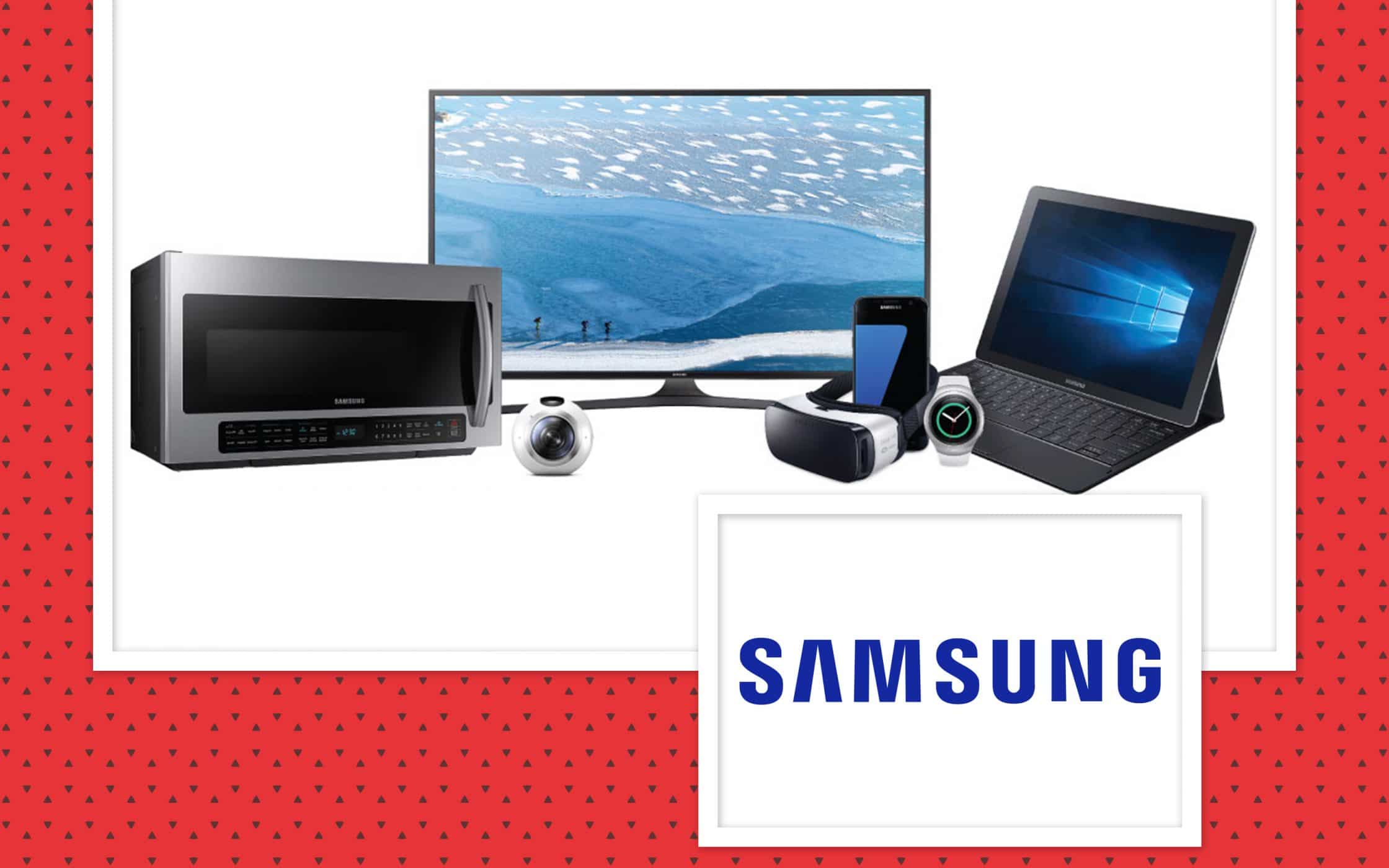
A slightly more creative form of brand extension strategy, the expertise extension leverages the credibility and authority of your brand. If you’ve built your reputation as a computer brand with insights into the world of technology, you can build on that expertise to explore new product areas. While computers and phones aren’t directly related, they exist in the same category of expertise. Samsung extended their product line with device expertise, stretching from mobile phones to laptops, refrigerators, and more.
Line extension ideas 4: Market extension
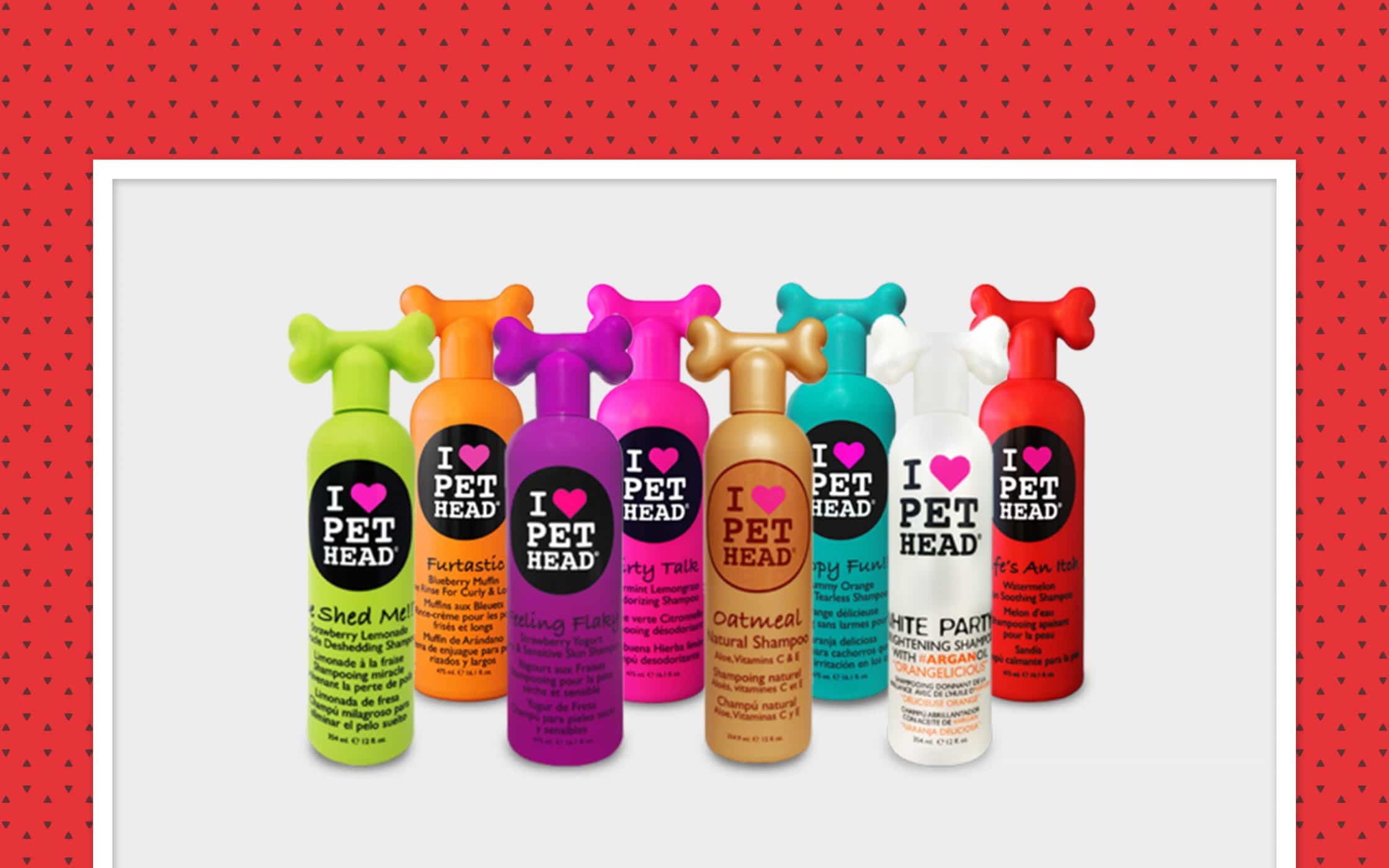
Market extensions happen when companies explore completely new sectors or spaces. If you already have a strong position as a shampoo company, you might consider moving into the pet care market with pet shampoos and similar products. Alternatively, if you have a makeup line, then you might move into the haircare line to appeal to a wider range of customers. Market extensions are tricky, but if you know your target audience well enough, they can deliver huge success. Tigi took their popular “bedhead” range into the pet market with “Pet head.”
Line extension ideas 5: Geographic extensions
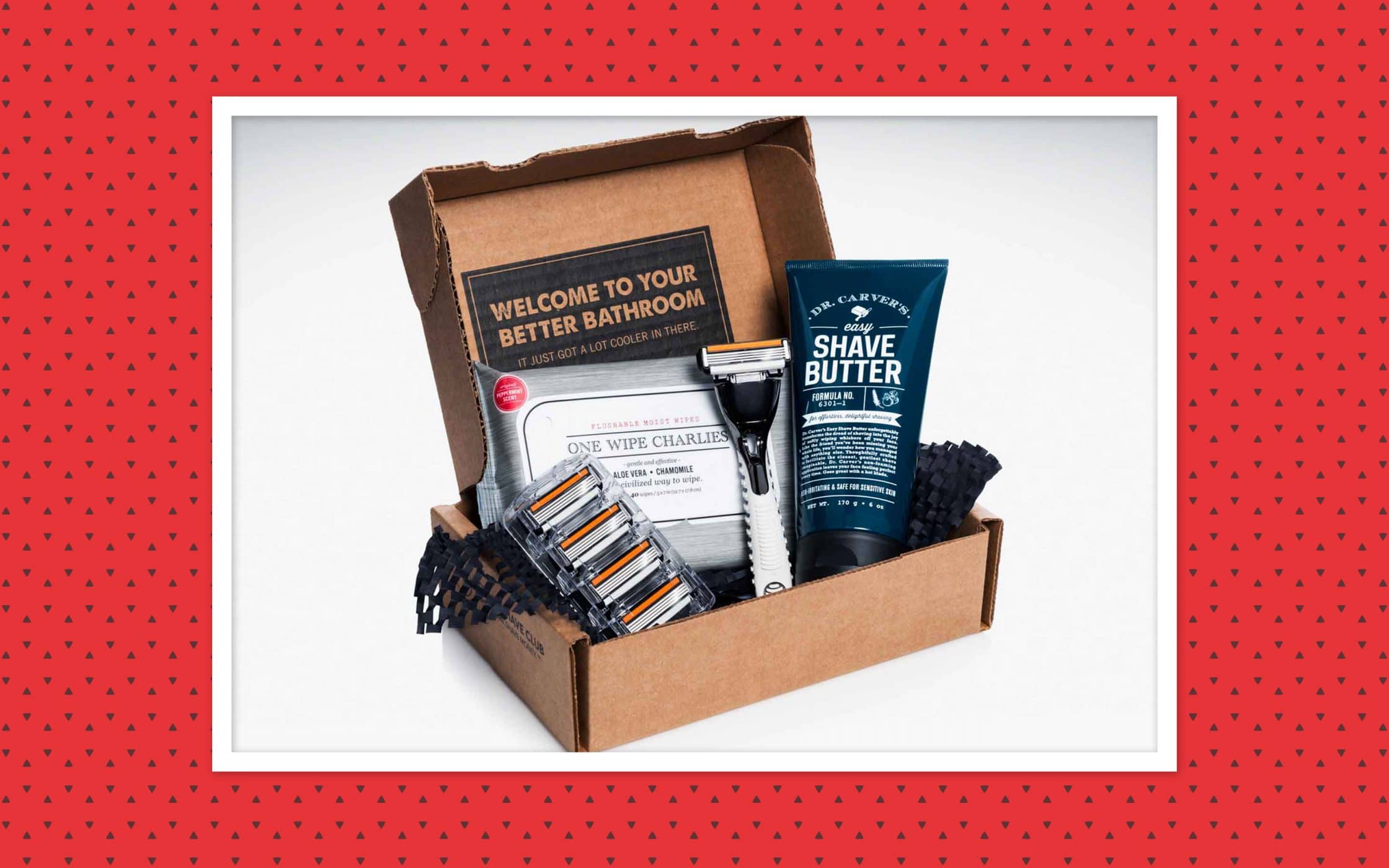
Finally, another simple way to enhance your brand extension strategy is to consider taking your products and services into new markets. A lot of companies start with a focus on a specific regional space. However, as your business begins to grow, you may be able to stretch further with new head offices in different locations around the world.
Geographic extensions can be more complicated than other brand extension ideas because you’re building authority with a new audience. However, you already know that the product you’re selling has demand in the marketplace. Dollar Shave Club started in the US, then moved across the world to Australia and England.
Tips for a stronger brand extension strategy
After you have taken the time to prove that your brand can be successful, it’s natural to start thinking about how you can capitalise on that success.
A brand extension strategy is an obvious way to tap into greater revenue and more market opportunities. However, like any other business development plan, a brand extension strategy requires a lot of focus and hard work. Before you start promoting your new product or service and stretching into different niches or locations, try the following tips.
1. Know your brand equity
If you want to build on your existing brand presence with a new product, service or offering, then the first thing you need to do is find out what makes your company valuable in the first place. Look into the nature of your company, and determine what customers already like about your organisation so that you can carry it over into your brand extension.
For instance, if your existing audience loves the fact that you have a strong CSR strategy, and you want to appeal to that audience with a new range of products, make sure that you make responsibility a big part of your product launch.
2. Know the core characteristics of your brand
Consistency is one of the most important ingredients of a brand extension strategy. A lack of consistency will leave your customers confused and wondering why you’ve introduced a product or service that doesn’t seem to meld with your brand. Additionally, if your clients are unable to recognise your company in conjunction with your new products, then you won’t be able to leverage the benefits of your existing reputation.
Ensure that your new products are covered by the image of your brand. This means that you need to use the same logos, brand colours, and imagery if possible. Make sure that the tone of voice and personality in your marketing campaigns remain the same too!
3. Know your market
If you’re thinking of moving your products and services into a new niche, then you need to figure out what that market will need from you. This may mean building a new market persona for your marketing and sales teams to work with.
On the other hand, if you’re sticking to the same audience, but introducing a new product, figure out how your new offering aligns with what you already know about your customers. The more you build your brand extension strategies around the people you want to sell to, the more successful they’ll be.
4. Do your research
Before you launch any brand extension strategy, you need to be able to back up your decision. Perform a thorough analysis into the current positioning of your brand and understand which challenges your business might face as you stretch into a new space.
Look at what your competitors are already doing and find out whether you can learn from their extensions. Consider your brand values, and ask yourself whether there’s a solid reason for introducing your new service or product.
5. Test carefully before you go all-in
Though a brand extension strategy can make the path to a new customer or product seem simple enough – the success of your campaign won’t always be simple. If you have a loyal customer base, begin by conducting a pilot test before you launch production fully. The more feedback you can get from your existing audience, the easier it will be to ensure long-term success.
Collect a range of people from a small test group and record any feedback they can give you. Ideally, you’ll want your test group to include people with the characteristics of your new target audience or the people you hope to appeal to with your new product. The information you collect can also help you to design your future marketing plan, by learning what your customers like and dislike about your offering.
Brand extension examples: Ideas to inspire you
Brand extension strategies can be a powerful way to build on the existing strength of your company and pave the way for future success. Unfortunately, a lot of organisations make mistakes with their brand extension ideas, simply because they don’t understand the marketplace, consumer base or even their brand, well enough to stretch with care.
A good way to prepare yourself for a successful brand extension is to look at some of the brands that came before you. There are plenty of great companies out there who make extension look easy, from Apple and Coca-Cola to Microsoft and Starbucks. Here are some of our favourites:
1. Ralph Lauren brand extension
Fashion companies can often do well with their brand extension strategies, as they spend a lot of time building their reputations as lifestyle companies. When you think of certain high-quality fashion brands, you don’t see a particular name or image, you get a sense of luxury, indulgence or even social credibility.
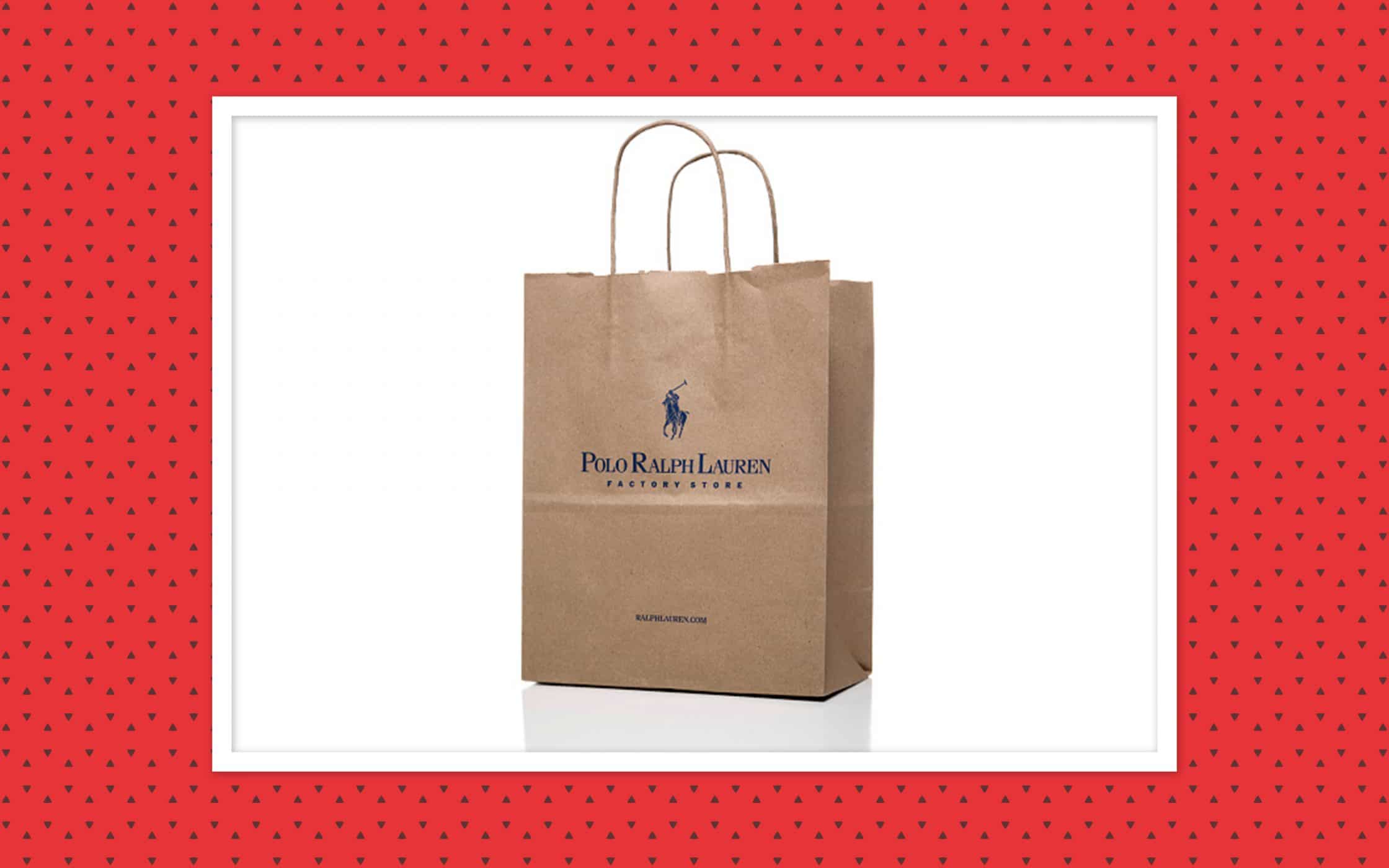
Ralph Lauren has stretched their company across multiple consumer segments, from Polo Ralph Lauren to the Ralph Lauren Purple Label, and more. As brand extension examples go, Ralph Lauren isn’t the most daring, but it is a great example of how companies can reach a huge selection of different audiences by maintaining the same great image.
From Ralph Lauren’s Blue Label to Ralph Lauren Rugby, you know you’re getting the same well-respected apparel.
2. Armani brand extension
Another favourite in our list of brand extension examples comes from “Armani” – one of the most diversified brands in fashion. Armani’s brand extension is an incredible example of how a fashion brand can extend into a lifestyle company, all by maintaining the right image.
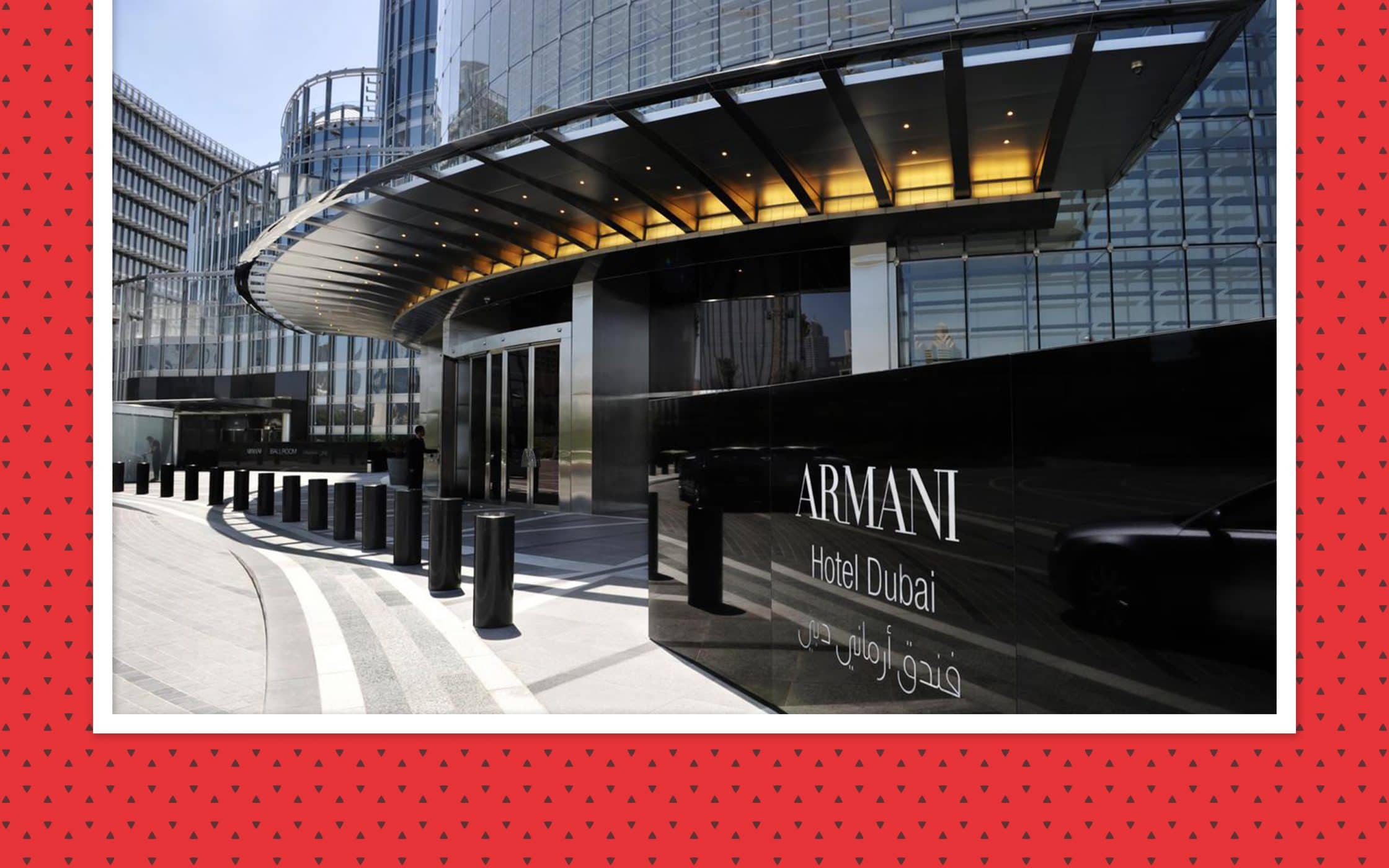
While, at first, Armani was simply an apparel company, its potential grew as the business recognised new ways to serve their audiences through other luxurious products and experiences. Over time, Armani became gradually less associated with fashion, and more linked to the over-arching category of luxury.
Today, Armani offers everything the average customer needs for an incredible lifestyle – all the way to branded hotels. Within an Armani hotel, you’ll find the five-star experience that you would expect from a leading fashion designer. Just as Armani clothing earns attention for its meticulous attention to detail and style, Armani branded experiences embrace elegance down to the last throw pillow and night lamp.
3. Cadbury brand extension
Finally, the last of our brand extension examples comes from Cadbury – a master chocolatier with an eye for branding. Over the years, Cadbury has become synonymous with not just chocolate, but fun and creativity. They’ve done this by developing a marketing plan that builds on the chocolate company’s colourful reputation.

We all remember the Cadbury gorilla advert from 2007, and the business has maintained that attitude of fun and frivolity ever since. The joyful and experimental nature of Cadbury is what made the Cadbury Marvellous Creations brand extension such an obvious step for the company. The Marvellous Creations selection includes the same great-tasting chocolate that Cadbury consumers love, along with all the inventiveness that differentiates the brand.
In their new range of chocolate products, Cadbury continues to demonstrate their unique personality through inspirational flavour combinations and a consistent commitment to quality.
Brand extension failures: Stretched to breaking point
When used correctly, brand extension strategies can be a fantastic way to grow your business.
Of course, stretching your company comes with its challenges and risks. Stretch too fast too far, or pull your business in the wrong direction, and you could cause problems that damage your organisation for years to come.
While brand extension strategies can seem obvious at first glance, many companies struggle with how far they should stretch, where they should extend and how they can ensure success. In some cases, a brand extension attempt can even harm existing brand identities.
To help reduce your risk of over-stretching, here are just a handful of brand extension failures to learn from.
1. Cosmopolitan yogurt
Everyone’s heard of Cosmo – the fashion and lifestyle magazine distributed in more than 100 countries around the world. Unfortunately, Cosmopolitan decided that they could extend their brand by introducing a seemingly random new product – yogurts.

Not only did the item have seemingly no connection to the well-loved magazine, but it was also far more expensive than a standard yoghurt. The lesson here: Make sure your extensions make sense.
2. Colgate frozen meals
If you dig down into the history of Colgate frozen meals, you can start to follow the company’s train of thought. They assumed that people would enjoy a delicious meal in front of the television then brush their teeth afterwards, using Colgate toothpaste. Unfortunately, Colgate had spent too long building a name for themselves as an authority oral care brand.

People simply couldn’t associate the minty taste of Colgate with a delicious hot meal after work.
3. The Harley Davidson cake decorating kit
When you think of Harley Davidson, you think freedom, open roads, manly motorcycles and roaring engines. You don’t think cake decorating.

While we can all applaud Harley Davidson for trying to diversify, the new product simply didn’t mesh with the audience they were trying to appeal to. The icing kit was simply too homely for one of the world’s biggest adventure brands. Universally, the Harley Davidson cake decorating kit is considered one of the biggest brand extension failures in history.
4. Virgin Brides
Virgin is a company with fingers in a lot of pies. Over the years, the lifestyle company has evolved to embrace anything and everything with ties to customer experience, including airlines, television channels, broadband, and music festivals. However, Virgin Brides, launched in 1996, simply didn’t take off.
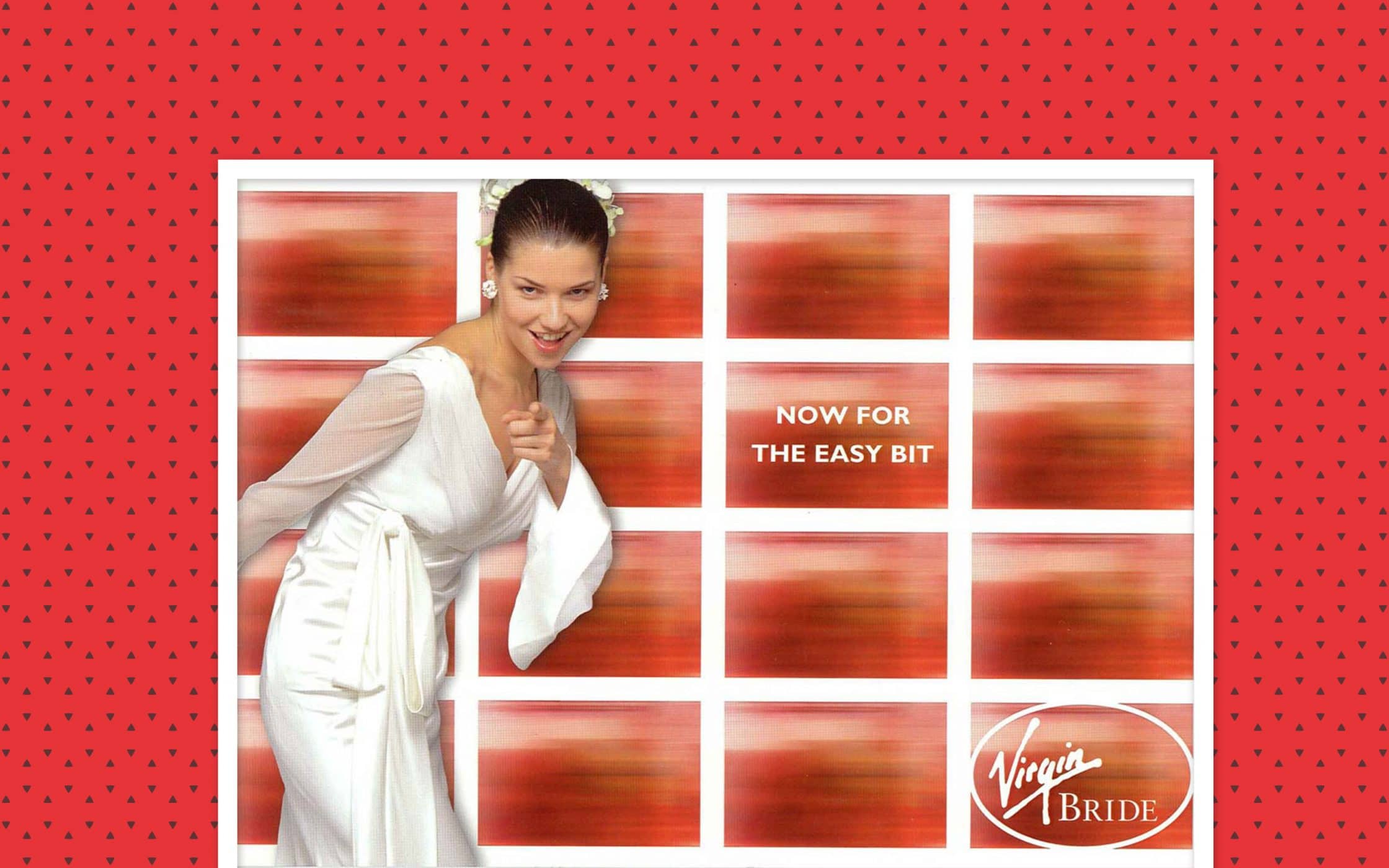
The bridal space just wasn’t right for the company. Richard Branson, the founder of the business, admitted that Brides might have been one step too far for the diverse brand.
5. EasyJet’s Easy Cinema
Finally, last on our list of brand extension failures is EasyJet’s “Easy Cinema” creation. While the idea of cheap theatre tickets might seem appealing at first, the concept didn’t go entirely according to plan. EasyJet is largely a business associated with no-frills cheap and cheerful air travel. It’s a budget-friendly way to get wherever you need to go.
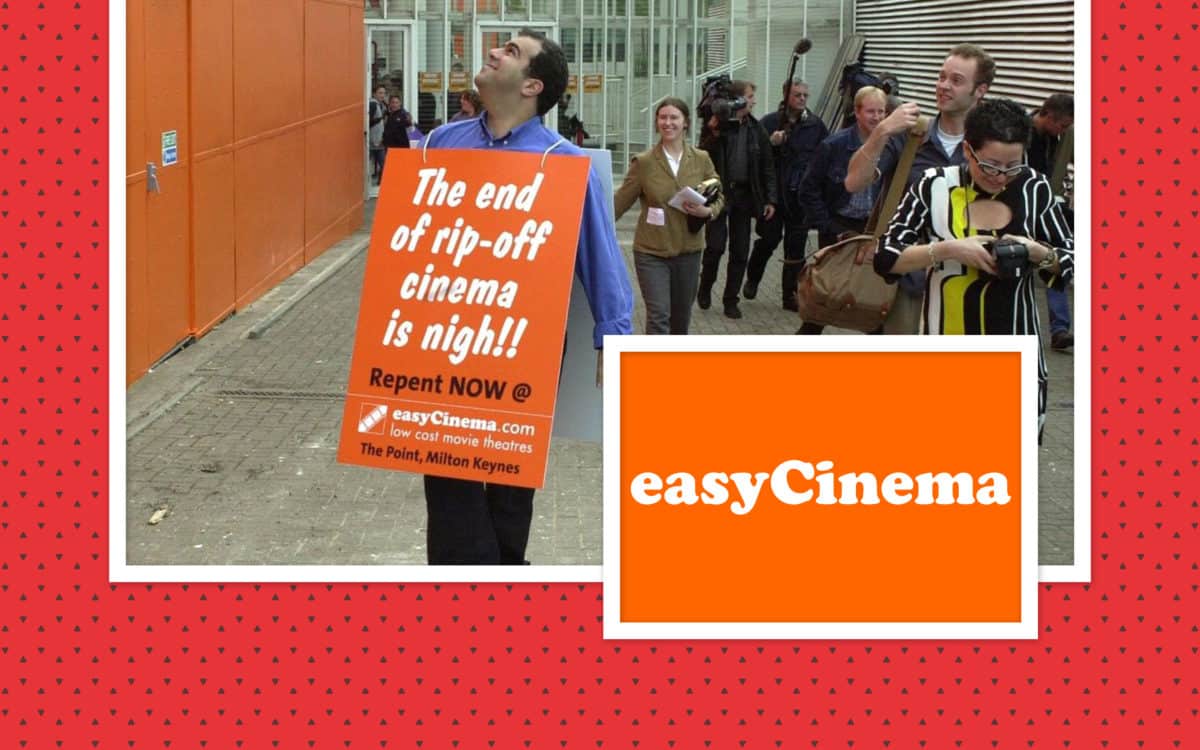
When people go to the cinema, they’re looking for an interesting and immersive experience. They want all the bells and whistles – otherwise, they would just stay at home and watch whatever was on Netflix. With EasyCinema, EasyJet failed to properly understand their new target market.

Ready to launch your brand extension ideas?
Running a successful business is all about finding the right opportunities for growth.
Brand extension strategies are a fantastic way to spread the impact of your company into new areas and products. Used correctly, brand extension can reinforce the credibility of your company, help you connect with new audiences, and even strengthen your image around the world.
Of course, like any other significant change in your brand strategy, a brand extension needs meticulous planning and focus. You’ll need to make sure that your extension feels natural, otherwise, you could risk stretching your company out of shape.
Want help launching your brand extension? Make sure you extend with care by accessing the help of a professional branding agency.
If you enjoyed this article, you might enjoy these too:
— Bridging the digital divide: B2B vs B2C marketing
— Promotional practices to perfect your online presence











